Whether you’re preparing for exams, interviews, or just want to brush up your knowledge, these 20 carefully selected multiple-choice questions (MCQs) cover a wide range of foundational electrical engineering topics including circuits, machines, power systems, and electronics.
1-Ohm’s Law states that:
A) Voltage = Current × Resistance
B) Voltage = Resistance / Current
C) Resistance = Power × Voltage
D) Current = Power × Resistance
✅ Answer: A
2-The unit of electrical capacitance is:
A) Ohm
B) Farad
C) Watt
D) Coulomb
✅ Answer: B
3-Which one is a passive component?
A) Transistor
B) Diode
C) Resistor
D) MOSFET
✅ Answer: C
4-A transformer operates on the principle of:
A) Static Induction
B) Mutual Induction
C) Electrostatic Induction
D) Self Induction
✅ Answer: B
5-Power factor is defined as:
A) True Power / Apparent Power
B) Apparent Power / True Power
C) Real Power × Reactive Power
D) Resistance / Reactance
✅ Answer: A
6-The frequency of the standard AC supply in most countries is:
A) 50 Hz or 60 Hz
B) 100 Hz
C) 25 Hz
D) 75 Hz
✅ Answer: A
7-Kirchhoff’s Voltage Law (KVL) is based on:
A) Conservation of charge
B) Conservation of energy
C) Faraday’s law
D) Coulomb’s law
✅ Answer: B
8-The most commonly used material for electrical wire conductors is:
A) Iron
B) Silver
C) Copper
D) Zinc
✅ Answer: C
9-In a DC motor, the commutator:
A) Increases speed
B) Converts DC to AC
C) Reverses current direction
D) Decreases torque
✅ Answer: C
10-A diode allows current to flow in:
A) No direction
B) Both directions
C) Only forward direction
D) Only reverse direction
✅ Answer: C
11-The ideal voltage source has:
A) Zero voltage
B) Infinite resistance
C) Zero internal resistance
D) Very high current
✅ Answer: C
12-The main function of a circuit breaker is to:
A) Increase voltage
B) Regulate frequency
C) Protect circuit from overload
D) Act as a switch
✅ Answer: C
13-Which instrument is used to measure current?
A) Voltmeter
B) Ammeter
C) Wattmeter
D) Ohmmeter
✅ Answer: B
14-An inductor stores energy in the form of:
A) Heat
B) Magnetic field
C) Electric field
D) Light
✅ Answer: B
15-Which law is used to determine the direction of induced current?
A) Faraday’s Law
B) Ohm’s Law
C) Lenz’s Law
D) Gauss’s Law
✅ Answer: C
16-RMS value of AC current is:
A) Maximum value × 0.5
B) Average value × 1.11
C) Peak value / √2
D) Peak value × √2
✅ Answer: C
17-Which device converts AC to DC?
A) Inverter
B) Rectifier
C) Transformer
D) Chopper
✅ Answer: B
18-A synchronous motor runs at:
A) Below synchronous speed
B) Varying speed
C) Synchronous speed
D) Above synchronous speed
✅ Answer: C
19-A fuse works on the principle of:
A) Magnetic effect
B) Electrostatic effect
C) Heating effect
D) Inductive effect
✅ Answer: C
20-The color code for a 1 kΩ resistor with 5% tolerance is:
A) Brown-Black-Red-Gold
B) Red-Black-Red-Silver
C) Orange-Orange-Brown-Gold
D) Brown-Black-Orange-Gold
✅ Answer: A
Final Words
These questions are excellent for interviews, competitive exams, and foundational understanding. Make sure to regularly practice MCQs to strengthen your concepts and spot knowledge gaps.
MCQ video
Watch this MCQ playlist videos on YouTube for more questions
